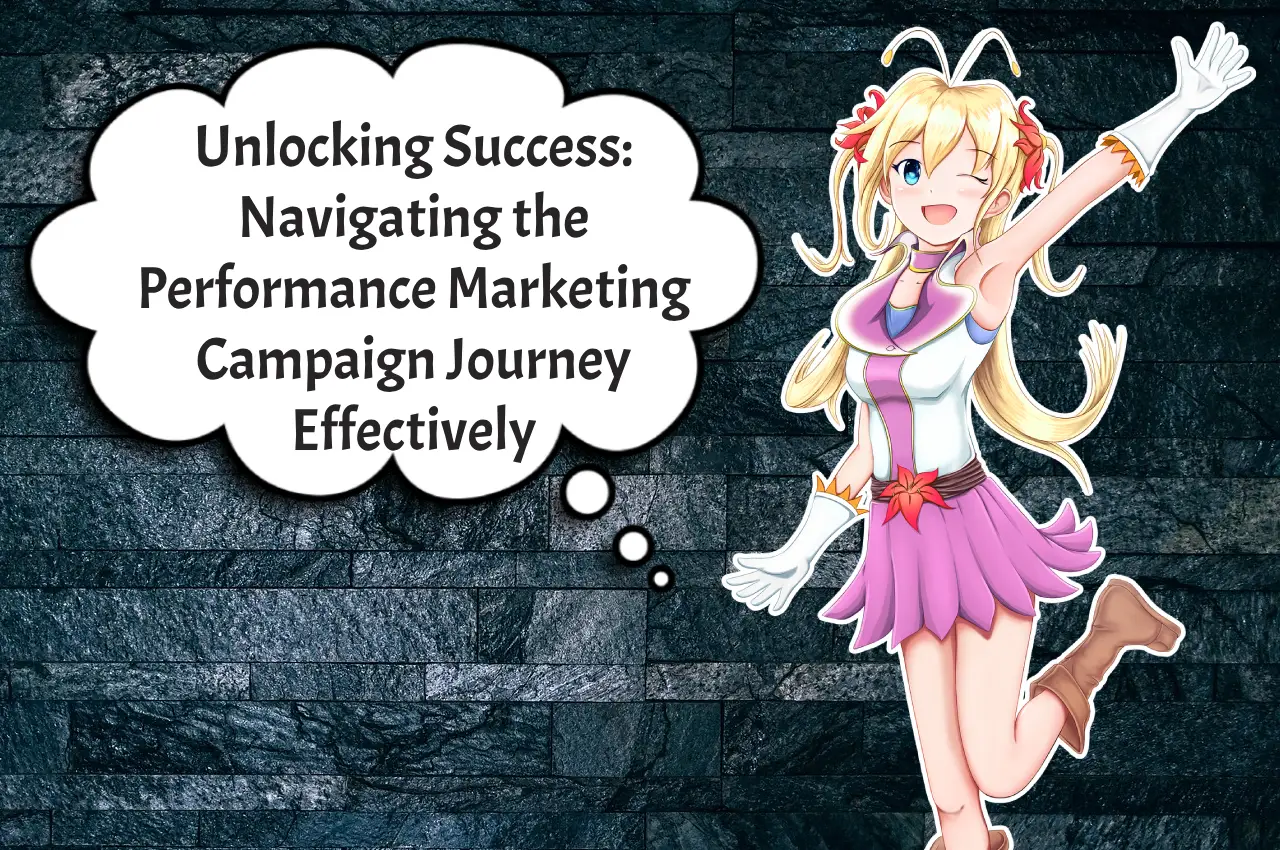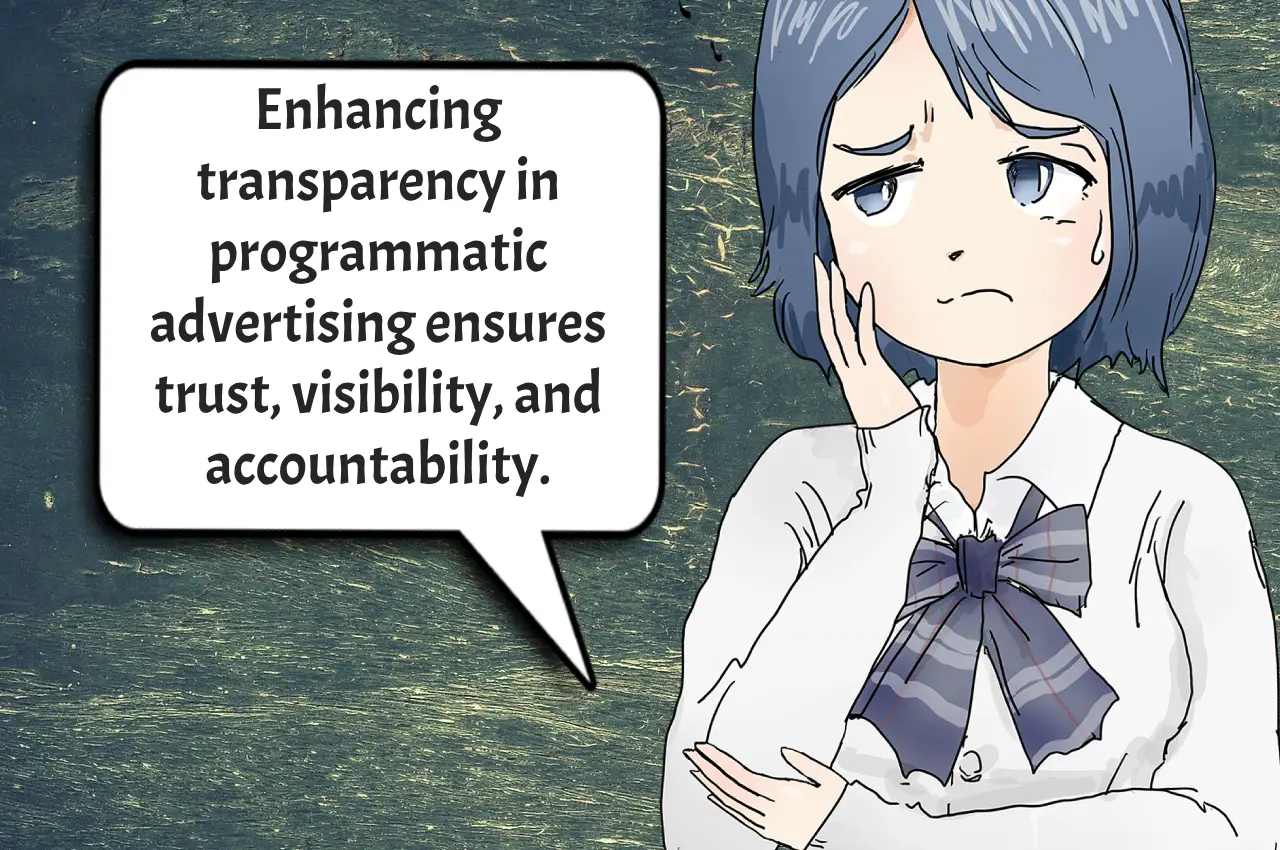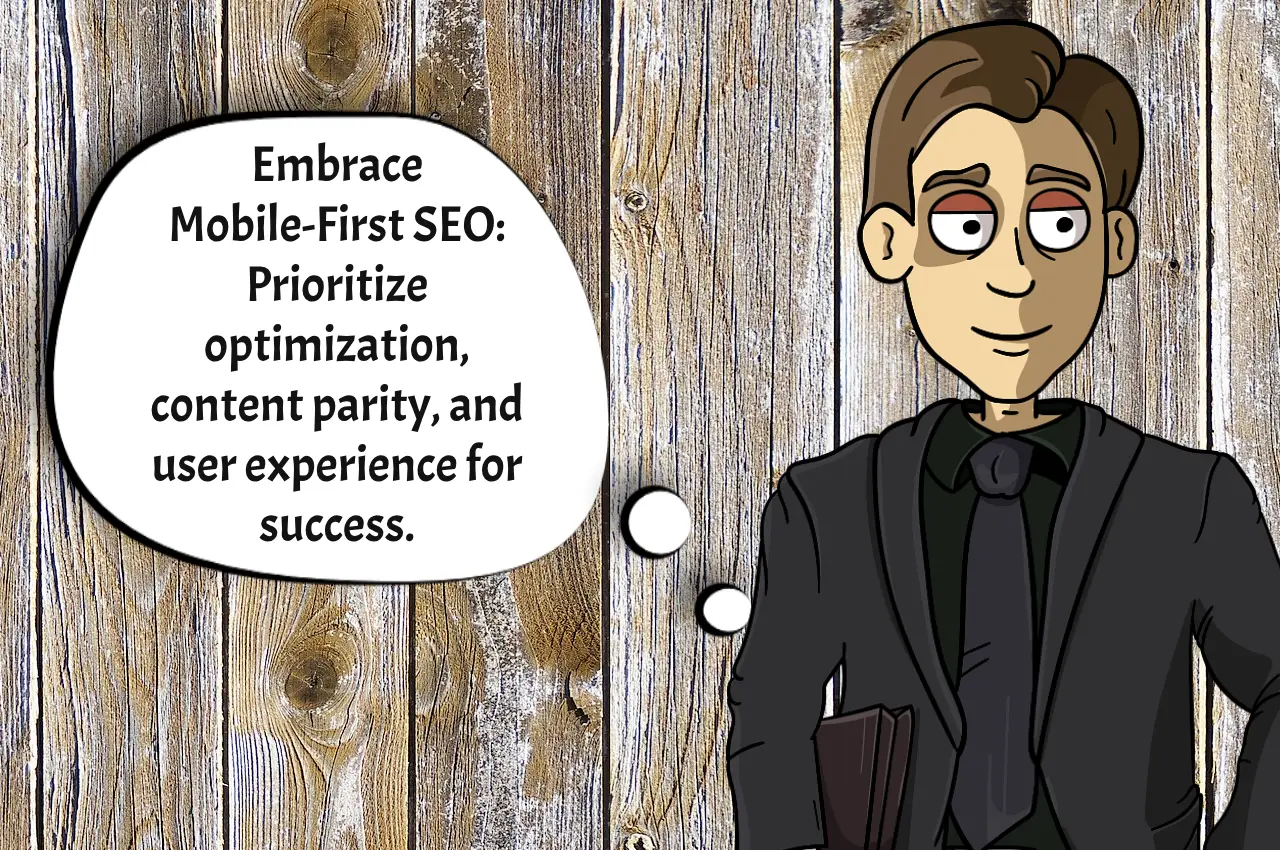Embarking on a journey to navigate the realm of performance marketing campaigns, one must understand the intricate steps involved from inception to fruition. In today’s dynamic digital landscape, where competition thrives, a strategic approach intertwined with creativity is paramount. Let’s delve into the lifecycle of a performance marketing campaign, exploring each phase with practical insights and real-world examples.
Phase 1: Strategic Blueprinting
Before diving into execution, laying a solid foundation is crucial. Strategic blueprinting involves meticulous planning, market research, and defining campaign objectives. Understanding target audiences, competitor analysis, and identifying key performance indicators (KPIs) shape the trajectory of the campaign.
For instance, a fitness app aiming to increase subscriptions may conduct surveys to understand user preferences and pain points. Insights gathered from these exercises inform the campaign strategy, ensuring alignment with user needs.
Phase 2: Creative Ideation
With a strategic roadmap in place, creative ideation takes center stage. This phase thrives on innovation, where compelling content and visuals are crafted to captivate the audience. Whether it’s designing eye-catching ad creatives or drafting persuasive copy, creativity is the driving force behind effective campaigns.
Consider a fashion retailer launching a summer collection. Their creative team conceptualizes visually stunning ads showcasing the latest trends, enticing potential customers to explore the collection further.
Phase 3: Campaign Execution
Execution marks the transition from planning to action. Leveraging various channels such as social media, search engine marketing (SEM), and email marketing, the campaign is rolled out to the target audience. Adhering to timelines and budget allocations, meticulous execution ensures seamless delivery of the campaign message.
For example, a travel agency promoting holiday packages may utilize Facebook ads targeting users interested in travel. Concurrently, they optimize their website for search engines to enhance visibility and drive organic traffic.
Phase 4: Performance Monitoring and Optimization
Monitoring campaign performance is integral to its success. Analyzing key metrics such as click-through rates (CTR), conversion rates, and return on ad spend (ROAS) provides valuable insights into campaign effectiveness. Continuous optimization based on data-driven decisions maximizes ROI and enhances campaign performance.
Imagine an e-commerce retailer running a promotional campaign. By closely monitoring customer engagement metrics, they identify underperforming ad sets and adjust targeting parameters accordingly, resulting in improved conversion rates.
Phase 5: Post-Campaign Analysis and Reflection
As the campaign concludes, conducting a comprehensive post-campaign analysis is imperative. Reflecting on successes and shortcomings enables valuable learnings for future endeavors. Analyzing ROI, customer feedback, and market trends facilitates strategic adjustments and refinement of future campaigns.
For instance, a software company launching a product campaign conducts surveys and gathers customer feedback post-campaign. Insights gleaned from this analysis inform product enhancements and marketing strategies for subsequent launches.
Phase 6: Iterative Improvement and Innovation
The journey of a performance marketing campaign is iterative. It involves constant learning, adaptation, and innovation. Marketers must remain agile, embracing changes in consumer behavior, technology, and industry trends. Experimentation with new strategies, channels, and messaging ensures continued relevance and effectiveness.
For example, a food delivery service may experiment with influencer partnerships or gamified marketing campaigns to engage and retain customers. By staying ahead of the curve and embracing innovation, they sustain momentum and drive growth.
Phase 7: Scaling and Expansion
Successful campaigns pave the way for scaling and expansion. As marketers gain insights and confidence in their strategies, they can replicate success on a larger scale. Scaling involves reaching new audiences, entering new markets, or expanding product offerings, driven by data-backed decision-making and a clear understanding of market dynamics.
Consider a tech startup experiencing rapid growth with its subscription-based service. Through strategic expansion into international markets and partnerships with complementary brands, they amplify their reach and solidify their position in the industry.
Conclusion: Navigating Success
In conclusion, the lifecycle of a performance marketing campaign encompasses strategic planning, creative innovation, meticulous execution, continuous optimization, insightful analysis, iterative improvement, and strategic scaling. By adhering to these principles and embracing a mindset of continuous learning and adaptation, marketers can navigate the intricacies of performance marketing and achieve tangible results.
As you embark on your performance marketing journey, remember that success lies in the seamless integration of strategy, creativity, data-driven decision-making, and a relentless pursuit of innovation. By mastering each phase of the campaign lifecycle and embracing change, you pave the way for impactful and enduring marketing endeavors.
What are your experiences with performance marketing campaigns? Share your insights and learnings in the comments below. Let’s continue the conversation and empower each other in our marketing endeavors.





